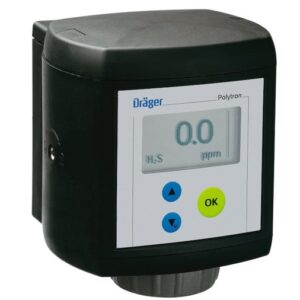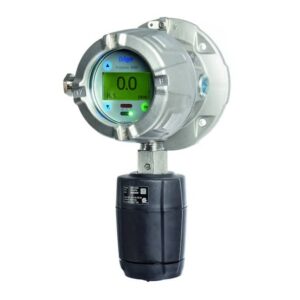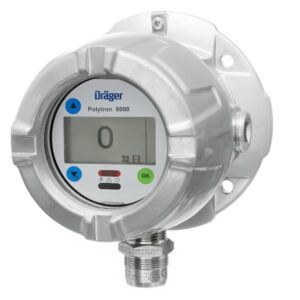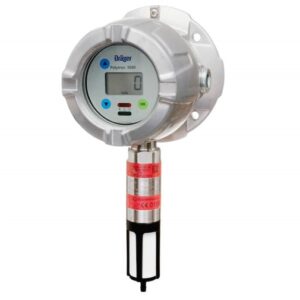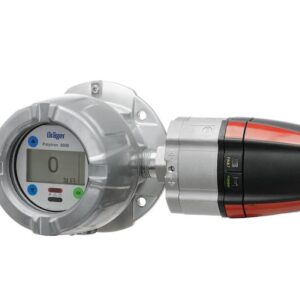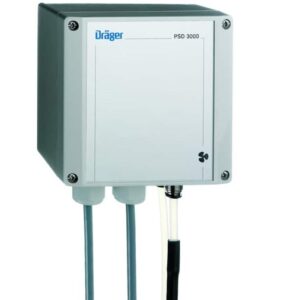- +30 210 4225 930
- info@poseidonms.com
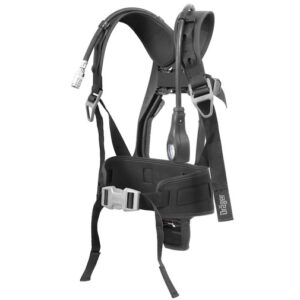
Dräger PSS® 3000
The Dräger PSS 3000 is a new generation of high performing breathing apparatus for firefighters.
Combining comfort with exceptional pneumatic performance, it is designed for applications where simplicity and ease of use are key essentials. Lightweight yet robust, and easy to don, this advanced breathing apparatus provides the ultimate in breathing protection.
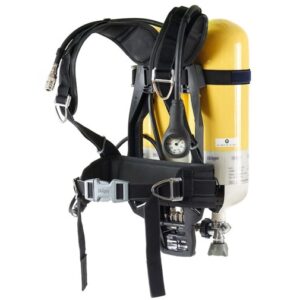
Dräger PSS® 4000
The Dräger PSS® 4000 is one of the lightest professional self-contained breathing apparatus for firefighters.
Combining comfort with exceptional pneumatic performance, this SCBA is designed for applications where simplicity and ease of use are crucial. Lightweight yet robust, and easy to don, the PSS® 4000 provides outstanding breathing protection.
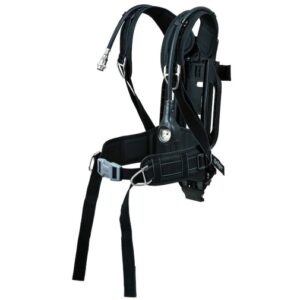
Dräger PSS® 5000
The Dräger PSS® 5000 SCBA is a high-performance breathing apparatus for the professional firefighter.
Combining advanced ergonomics with a wide range of configurable options, the Dräger PSS® 5000 provides the user with the comfort and versatility to meet the demands of first responders whenever breathing protection is required.
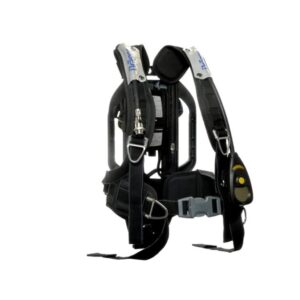
Dräger PSS® 7000
Developed by professionals for professionals, the Dräger PSS® 7000 breathing apparatus is a major milestone in our continuing development of breathing devices for the professional firefighter.
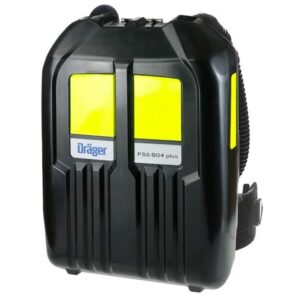
Dräger PSS® BG 4 plus
The Dräger PSS® BG 4 plus closed circuit breathing apparatus combines uncompromising safety with the highest level of breathing and carrying comfort.
The positive pressure unit supplies the wearer with up to four hours of breathing air, even in toxic atmospheres.
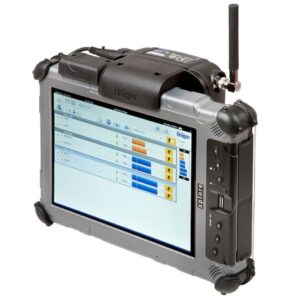
Dräger PSS® Merlin® System
The Dräger PSS® Merlin® Telemetry System offers a precise overview of the status of respiratory equipment wearers.
The vital status information is communicated directly between the entry control point and the wearer. Technology, which supports the incident, significantly increases safety and protects the lives of your breathing apparatus wearers.

